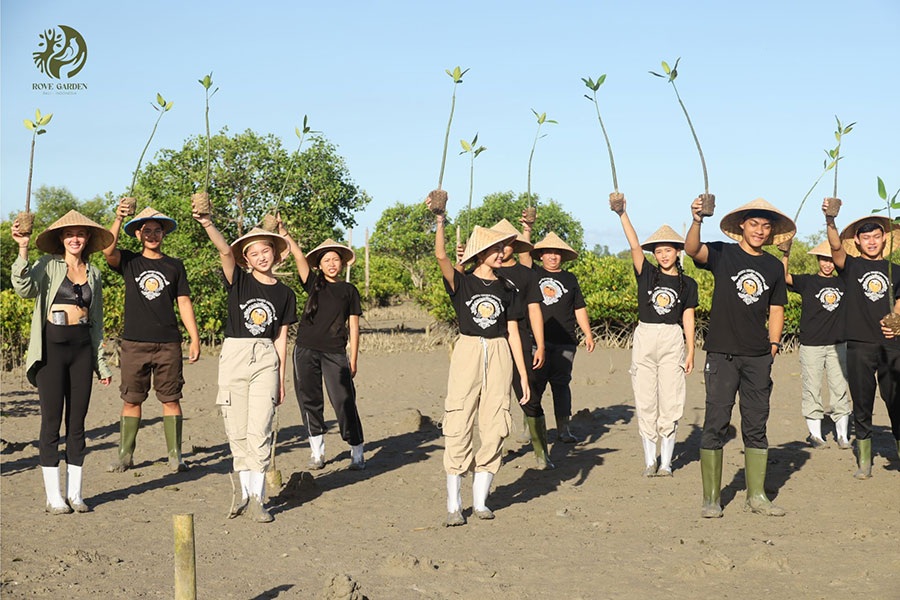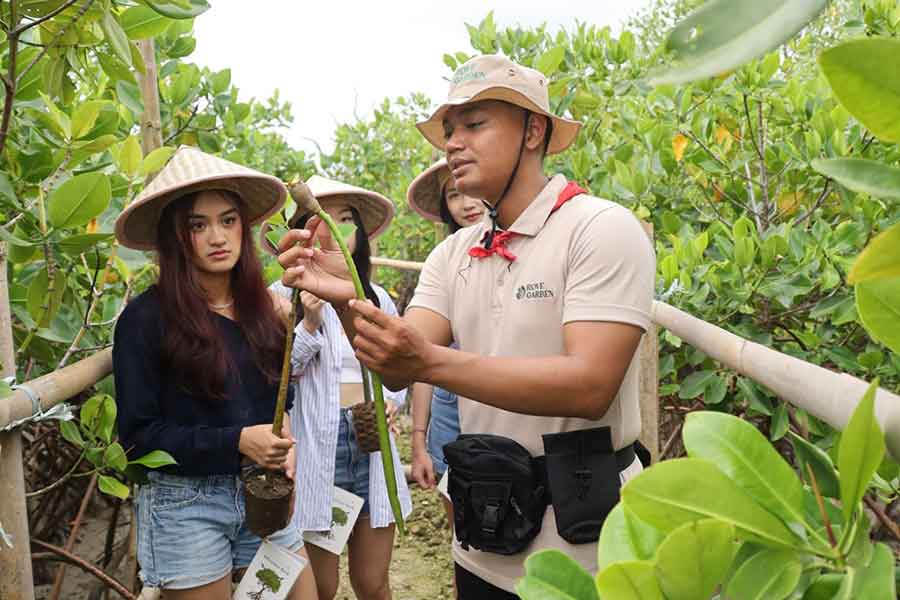
Mangroves are coastal forest ecosystems that grow in tidal areas, especially in tropical and subtropical areas such as river estuaries and protected beaches. Mangrove plants have the unique ability to live in environments with high salt content and muddy soil with minimal oxygen, thanks to special roots such as pencil roots/breathing roots, prop roots, knee roots, board roots, air roots, banir roots, without air roots. This ecosystem plays an important role in maintaining environmental balance, such as preventing coastal abrasion, dampening waves, becoming a habitat for various types of animals, and absorbing carbon dioxide from the atmosphere. In addition, mangroves also provide economic benefits to coastal communities, especially in the fields of fisheries and ecotourism. Because of their important role, mangroves need to be protected and preserved from the threat of damage due to human activities and climate change.


Mangrove conservation is important because mangroves protect the coast from abrasion, flooding, and large waves such as tsunamis. Mangrove roots also help maintain water cleanliness and prevent pollution. In addition, mangroves are a habitat for many animals such as fish, crabs, and birds, which are beneficial to fishermen and surrounding communities. Mangroves also help absorb greenhouse gases and reduce the impact of climate change. If mangroves are damaged, the coastal environment can be more vulnerable and communities will lose many benefits. Therefore, mangroves need to be protected and preserved.
Mangrove planting activities have been successfully implemented by involving local communities to plant hundreds of seedlings in coastal areas to support environmental conservation.






Copyright © 2025 Rove Garden. All rights reserved.